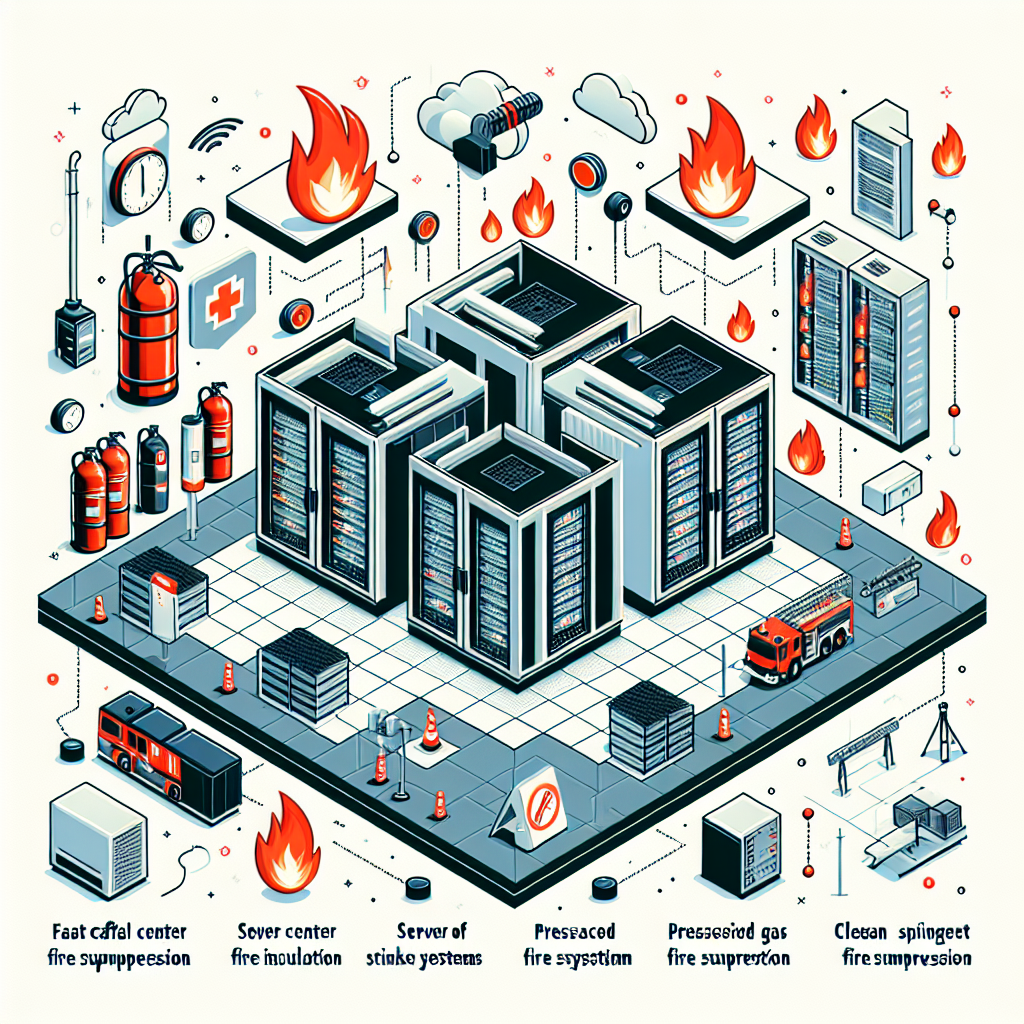Best Practices for Implementing a Data Center Fire Suppression Plan
Implementing a data center fire suppression plan is crucial for protecting the valuable information and equipment housed within the facility. A well-thought-out plan can help prevent fires from spreading and causing extensive damage, while also ensuring the safety of employees and visitors. Here are some best practices for implementing a data center fire suppression plan.
1. Conduct a thorough risk assessment: Before implementing a fire suppression plan, it is important to conduct a thorough risk assessment to identify potential fire hazards within the data center. This can include electrical equipment, overheating servers, and flammable materials. By understanding the specific risks, you can develop a targeted fire suppression plan.
2. Choose the right fire suppression system: There are several types of fire suppression systems available, including water-based, gas-based, and foam-based systems. It is important to choose a system that is suitable for the specific needs of your data center. For example, water-based systems may not be appropriate for facilities with sensitive electronic equipment, as they can cause water damage.
3. Install redundant systems: To ensure the effectiveness of your fire suppression plan, it is important to install redundant systems. This can include multiple fire suppression systems, as well as backup power sources in case of an electrical failure. Redundant systems can help minimize downtime and ensure the safety of your data center.
4. Train employees on fire safety protocols: It is important to train all employees on fire safety protocols and procedures, including how to use fire extinguishers and evacuate the building in case of a fire. Regular training sessions can help ensure that employees are prepared to respond quickly and effectively in the event of a fire.
5. Conduct regular maintenance and testing: To ensure the effectiveness of your fire suppression plan, it is important to conduct regular maintenance and testing of all fire suppression systems. This can include inspecting equipment for damage, testing alarms and sensors, and conducting regular drills to simulate fire scenarios. Regular maintenance can help identify and address any issues before they become a problem.
6. Monitor and update the plan: As technology and equipment within the data center evolve, it is important to regularly monitor and update the fire suppression plan to ensure that it remains effective. This can include updating equipment, revising evacuation routes, and incorporating lessons learned from past incidents.
By following these best practices for implementing a data center fire suppression plan, you can help protect your data center from the devastating effects of a fire. A well-thought-out plan can help minimize damage, ensure the safety of employees, and safeguard the valuable information housed within the facility.


